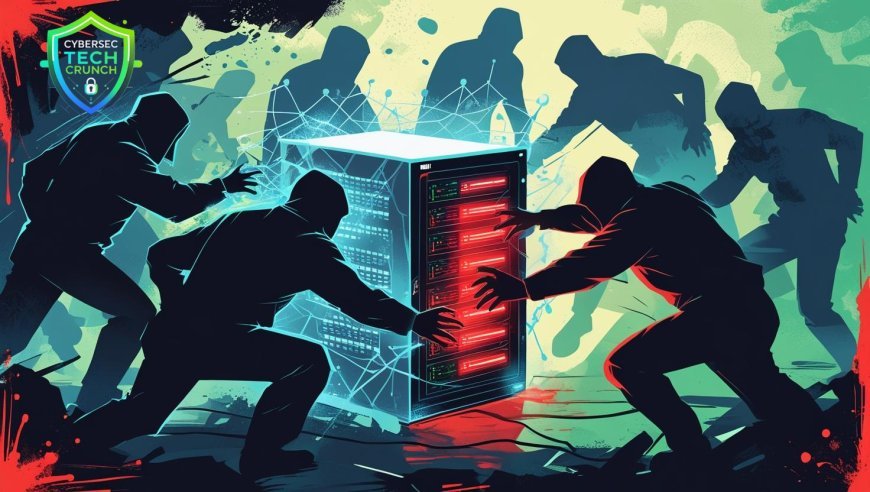Supply Chain Attacks: The Hidden Weak Link in Cybersecurity

Supply Chain Attacks: The Hidden Weak Link in Cybersecurity
In the complex web of today’s digital ecosystem, businesses don’t operate in isolation. They rely on third-party vendors, software providers, cloud services, and a host of partners to keep their operations running smoothly. But this interconnectedness, while efficient, comes with a price. It opens up a backdoor that cybercriminals have been quick to exploit-leading to what we now call supply chain attacks.
Unlike traditional cyberattacks that target a company directly, supply chain attacks strike at the vendors and service providers that organizations depend on. These attackers look for the weakest link in the chain and use it to worm their way into multiple systems at once. A single compromise can ripple across dozens-or even hundreds-of organizations, causing widespread damage before anyone realizes what’s happening.
What makes these attacks particularly insidious is that they often originate from trusted sources. A software update from a legitimate vendor, a login from a familiar partner, or a dependency from a well-known developer might all seem harmless on the surface. But if that source has been infiltrated, it becomes a trojan horse. The infamous SolarWinds breach is a case in point-hackers compromised a software update from a widely used IT management platform, affecting government agencies and major corporations across the globe.
For businesses, the shock of a supply chain attack cuts deep. There’s the obvious damage-data breaches, system shutdowns, financial loss-but also a more lasting impact: broken trust. Clients start questioning vendor reliability, and companies are left scrambling to trace the infection path, patch vulnerabilities, and rebuild confidence. In many ways, it’s not just a technical issue-it’s a crisis of relationships.
What’s even more troubling is how hard these attacks are to detect. Because they come from trusted channels, they often bypass conventional security defenses. By the time anomalies are noticed, the attackers have already had weeks or even months to move laterally through networks, collect sensitive data, and set the stage for further exploitation.
As the digital supply chain continues to grow in size and complexity, so too does the attack surface. Open-source components, outsourced development, and interconnected APIs-all staples of modern tech-add layers of potential vulnerability. And the threat isn’t just limited to large enterprises. Smaller companies are often used as stepping stones to reach bigger targets, making everyone in the chain a potential gateway.
So what’s the way forward? While it’s impossible to eliminate risk entirely, awareness and proactive defense are key. Companies need to vet their vendors rigorously, monitor their digital supply chain constantly, and invest in tools that can detect anomalies early. Equally important is fostering a culture of transparency and collaboration-because when it comes to supply chain security, we’re only as strong as our weakest link.
In the end, supply chain attacks serve as a sobering reminder that in today’s interconnected world, cybersecurity isn’t just about guarding your own gates-it’s about watching every door your partners can walk through.

























